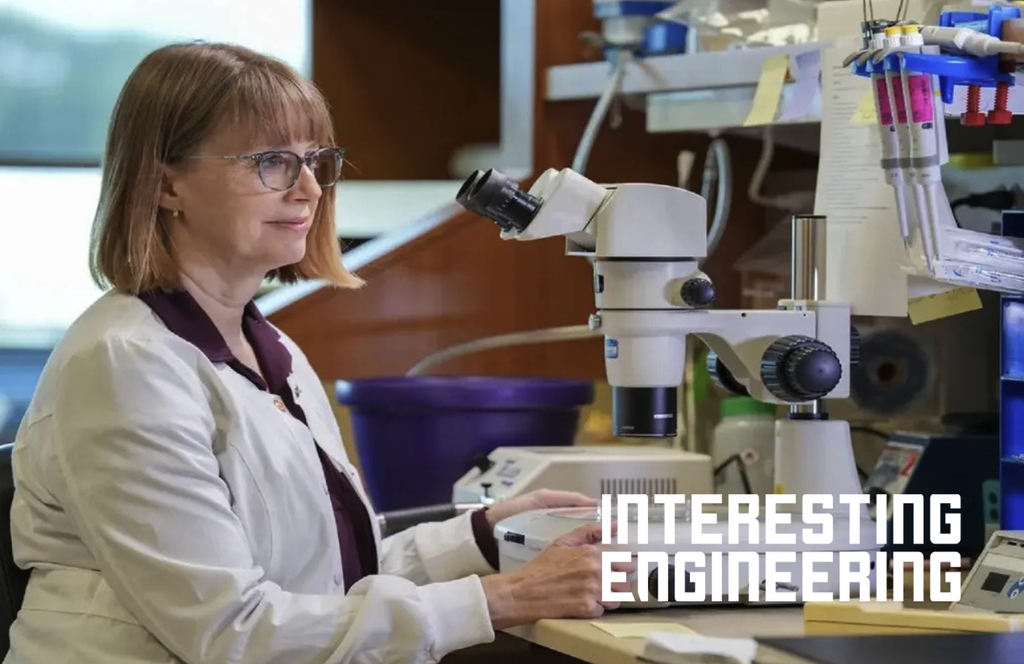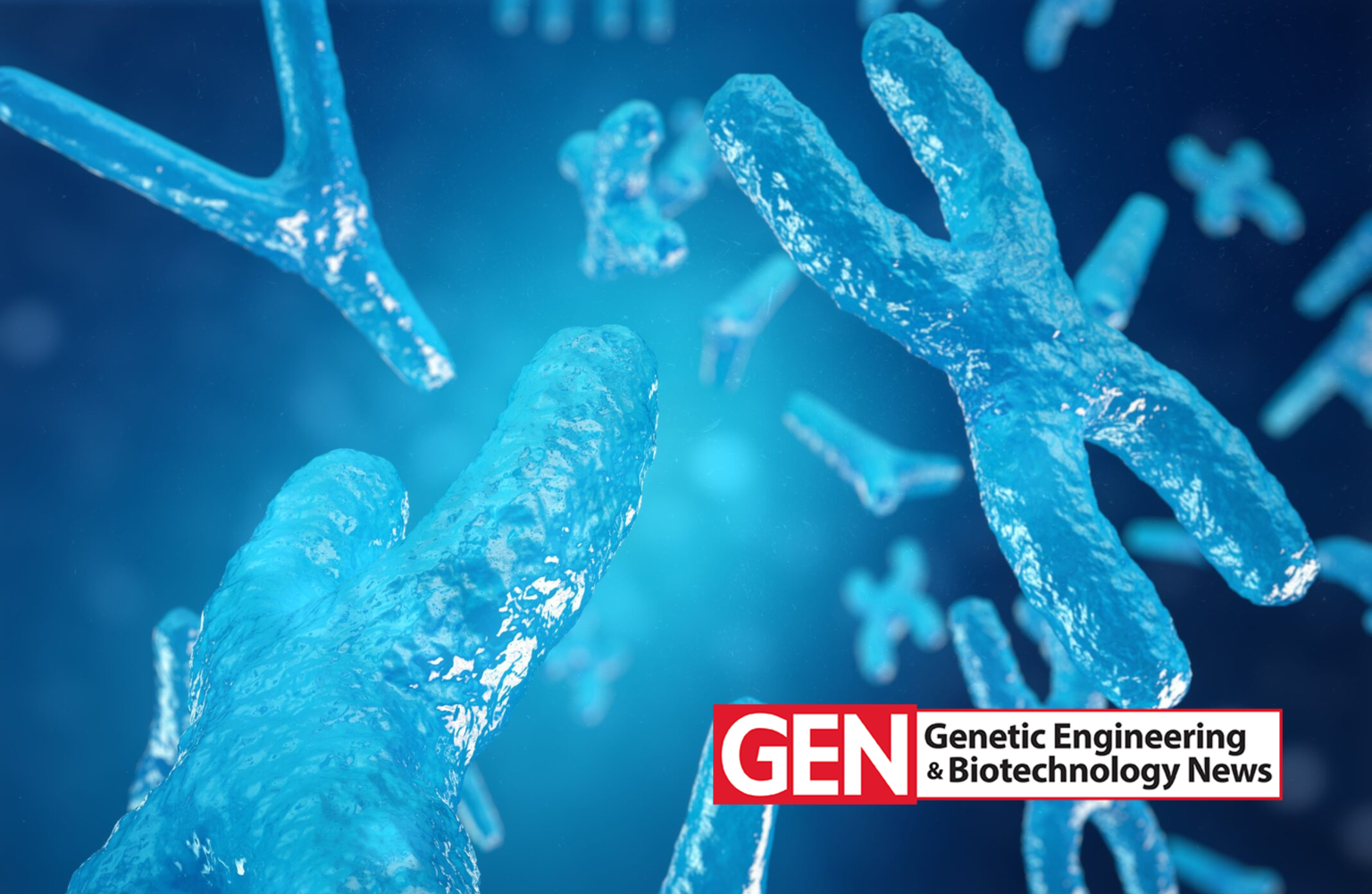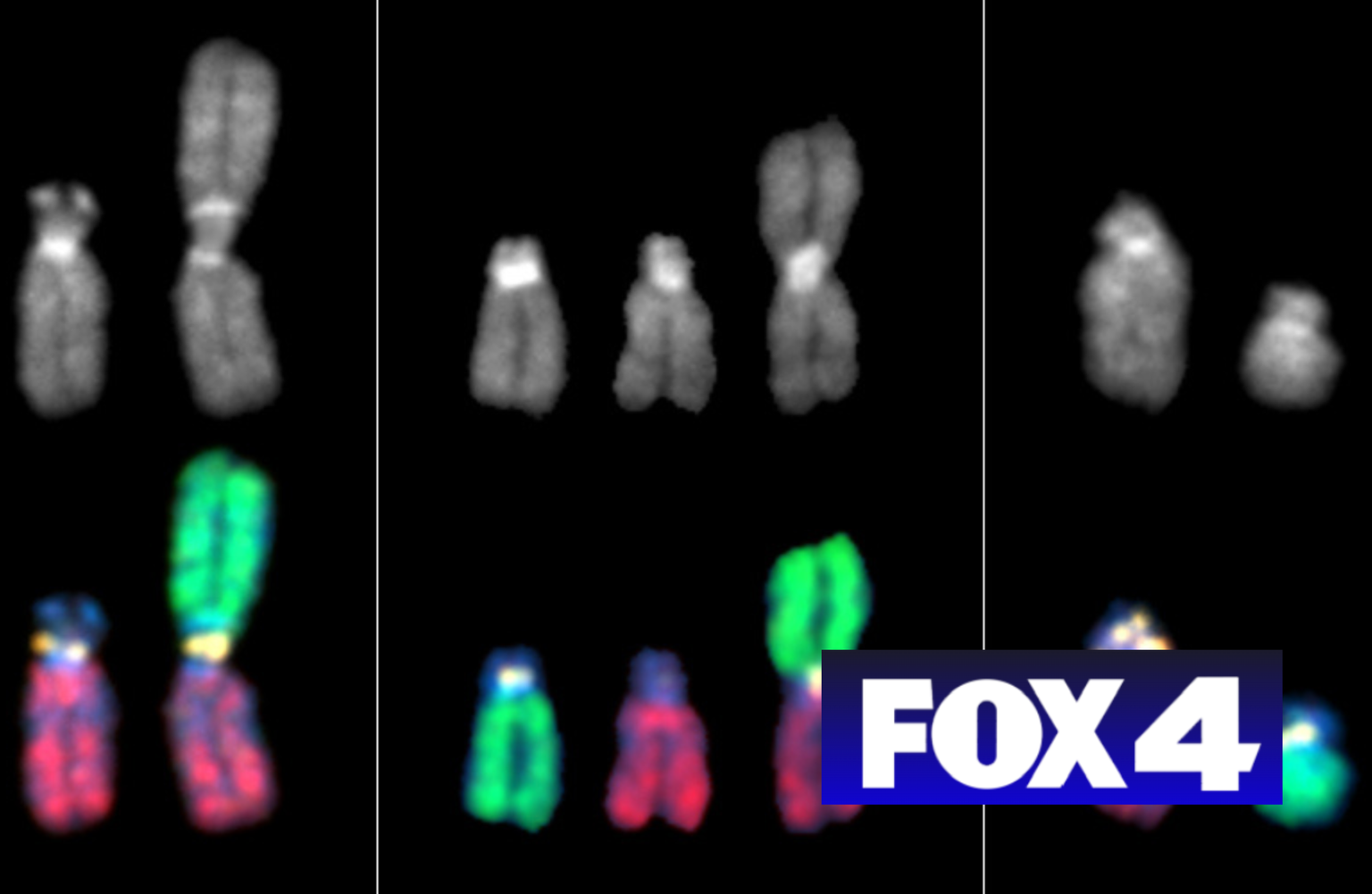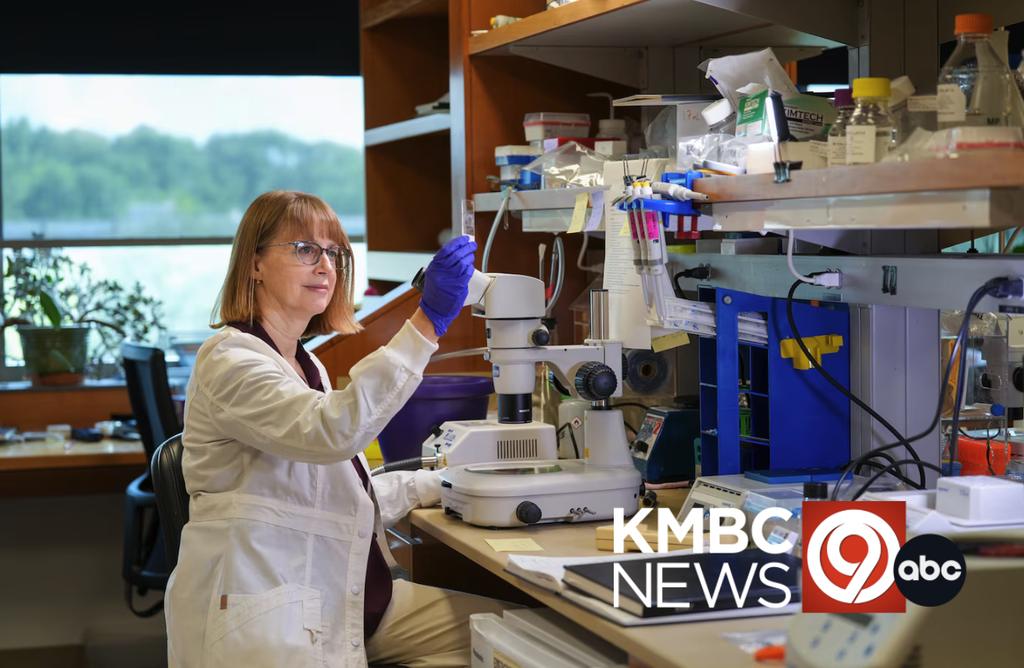By Alissa Poh
Jennifer Gerton, PhD, first became enamored of science in high school. Growing up near San Francisco, she took advantage of summer programs at several University of California campuses, including Berkeley and Santa Barbara. Also drawn to English and literature, Gerton briefly toyed with a different career path, but science won out. Marine biology might have been another contender, except for one stumbling block: “I liked wading in tide pools and identifying microscopic marine organisms,” Gerton observes, “but I have this strange fear of swimming where there are fish.”
Gerton’s fascination with science coincided with the dawn of the AIDS epidemic in the Bay Area. She recalls her mother, a nurse, being troubled by a young male patient who was dying of the disease. Then, as a Stanford undergraduate, Gerton enrolled in a class called, “Impact of AIDS,” taught by Robert Siegel, MD, PhD. Between the epidemic’s relevance and Siegel’s engaging teaching style, her interest in viruses was piqued. She wound up doing undergraduate virology research with Pat Brown, MD, PhD, and stayed on for her PhD, studying HIV-1 integrase, a protein that enables the virus to insert its genetic material into host cells.
“I still love virology,” Gerton remarks. “Each virus is like a short story that tells us something about how the cell works.” But her research has since veered in a very different direction. “Viral integration is a process of genetic recombination,” she explains. “I became interested in other recombination mechanisms, especially in meiosis. I initially had this naïve notion of finding and purifying all the proteins involved and reconstituting meiotic recombination in vitro. Of course, no one’s succeeded in doing so yet. But that’s how I moved from viruses to studying chromosome segregation in yeast.”
Gerton arrived at the Stowers Institute in 2002 for her first faculty position and has been here ever since. She became an associate investigator in 2008.
How would you explain your research in simple terms?
We’re studying a couple of different mechanisms that contribute to cell division. The first is chromosome cohesion—the physical adherence of replicated chromosomes to each other until they separate. We’re particularly focused on cohesins, proteins that ensure proper segregation of sister chromosomes. Our research has evolved from exploring basic biology to analyzing how cohesin mutations might contribute to genetic diseases like Roberts syndrome and Cornelia de Lange syndrome. Both are cohesinopathies; affected children show growth, cognitive, and limb abnormalities, among many other deficits.
The second mechanism we’re studying involves the centromere, a location on chromosomes that, in pinning replicated pairs together, also ensures they separate correctly. Chromosomes are made up of thousands of nucleosomes, but a special type of nucleosome specifies the centromere. So I often compare it to a needle in the haystack.
What’s one research puzzle you’ve solved—or are nearer to solving in 2013—that particularly excites you?
We’re studying Roberts syndrome from a perspective that’s different from what’s in the literature, and it’s been really fruitful. We now have a pretty good hypothesis as to the cause of this disease, but I can’t say more until it’s published. As cohesinopathies go, Cornelia de Lange syndrome is more common, but its cause is more elusive. I hope we’ll figure it out this year.
What are some of your most vivid memories of graduate school and of Pat Brown as a mentor?
We had regular department retreats where different labs showcased their research. I remember worrying about taking questions from Paul Berg (1980 Nobel Prize winner in Chemistry) or (the late) Arthur Kornberg (1959 Nobel Prize winner in Physiology or Medicine). Dan Herschlag (Herschlag Lab, Stanford) could also be pretty terrifying. It was nerve-wracking yet stimulating, and we learned so much.
Pat Brown is incredibly creative and the most brilliant person I’ve ever met; he operates on a different level than most people. He taught me to think outside the confines of any one field, to not be limited by the available literature. I was in Pat’s lab at the height of his enthusiasm for GMS (Genomic Mismatch Scanning); we had this conversation where he said, “I’d love to map the gene responsible for ice cream headaches.” The whole point of GMS was to find DNA regions identical by descent – between a grandparent and a grandchild, for instance – in order to map certain human traits. That’s how he came up with the idea of microarrays as a readout for what he wanted to study.
Did you ever imagine then that the use of microarray technology would become so widespread?
Not at first; it looked like an engineering project gone really wrong. Pat used capillary action between the ends of tweezers to pick up liquid and print the arrays, but he needed this giant box of tweezers on standby and someone to constantly resharpen them, because after three or four printings, the tweezers would get dull and cease picking up liquid. But it got better after a couple of years. Just before I left, I remember thinking, “This is going to be really powerful.”
What influenced your decision to move to the Midwest?
I was actually interviewing for a job at Harvard when Doug Melton, then on Stowers’ Scientific Advisory Board, opined that I’d be a good fit here. But I was hesitant and almost canceled my initial visit. I’m glad I didn’t; Robb (Krumlauf) and Bill (Neaves) impressed me as great leaders, and I felt this would be a wonderful place to work.
Generally speaking, we aren’t doing a great job getting children excited about science. How might we improve?
Science is so curiosity-driven. While running a classroom necessarily involves standardized lessons, I also think there should be room, even just a few minutes each day, to tap into kids’ innate curiosity, facilitate their imaginations, and let them ask questions. That’s the essence of science. It’s what my husband and I try to do with our kids. They’re five and seven and curious about everything. They know what DNA is, what cells are, and they can grasp more complex details if we go through enough questions and answers.
Perhaps scientists also need to be more open-minded about communicating in simpler terms?
Scientists do have their own private jargon, and it’s a barrier. We could certainly make more effort to meet lay people at their level and maybe even let them drive the questions, instead of just telling them a whole bunch of stuff.
I have an idea for a book, which I’ll probably never write. My colleagues often gripe that lay people don’t appreciate the value of basic research. So a series of short stories about basic research that had an enormous impact on how we think about disease or human health would, I think, be immensely helpful. People get the concept of working on a drug against cancer, but it’s harder for them to understand how research on yeast cells could be of any value.
What’s the greatest frustration in your work? And the greatest joy?
The process of getting a paper published is pretty frustrating. It can take a couple of years, by which time you’ve moved beyond that research and you’re working on the next thing. So you’re dealing with reviewers and trying to get this “new” idea in print, yet it’s no longer new to you.
Joy, for me—and every scientist, really—is when, after synthesizing a lot of information for a long time, I put the facts together and go, “Oh, now I understand.”
Regarding a career in science, what’s the best advice you were ever given and who gave it to you?
When I was starting out, David Botstein (former chair of Stanford’s Genetics Department and now director of Princeton’s Lewis-Sigler Institute for Integrative Genomics) told me to think of publishing papers as getting base hits, not home runs. Better to publish as you go along, rather than save up for this giant story that you hope gets into Nature. After all, in science, you’re never really done; the story never stops evolving.
Where do you do your best thinking?
I go running a couple times weekly, and it really focuses my thoughts. That’s when I’ve had a lot of my best ideas, both scientifically and in terms of managing my lab.
What about you would surprise most people who know you?
At a New Year’s Eve party last year, I danced to Michael Jackson The Experience on the Wii and shocked people by how well I did. I was in a modern dance group during college and still love it. But now I just have tickets to the Kansas City Ballet.



